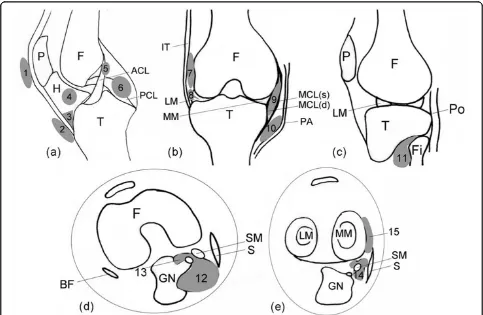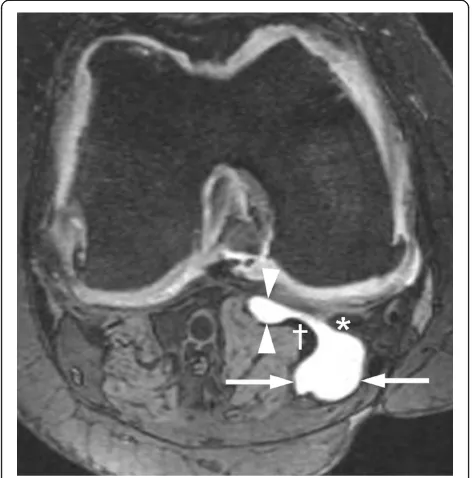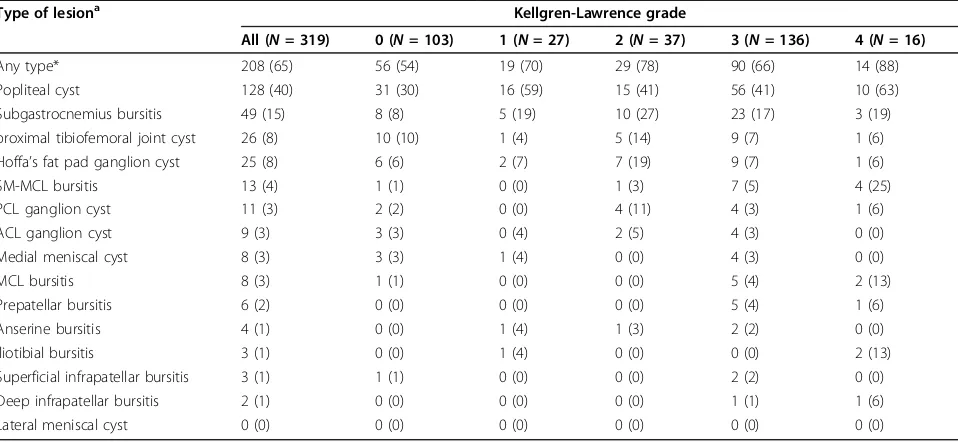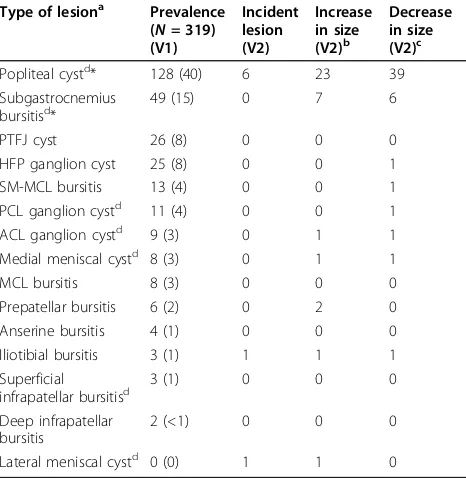Longitudinal assessment of cyst like lesions of the knee and their relation to radiographic osteoarthritis and MRI detected effusion and synovitis in patients with knee pain
Full text
Figure




Related documents
ABSTRACT: A stability indicating UPLC method was developed and validated for the determination of Teneligliptin Hydrobromide and Metformin Hydrochloride in bulk
The concentration of the nicotine in the smoked samples of different brands of cigarettes with reference to nicotinic acid was found to have linear relationsship
Statistical analyses revealed that the percentage of Flexion deformities higher and increase with age of the patient and there is high significance correlation of flexion
Why did humans not have perennial grains growing in mixtures like most of nature’s ecosystems after 10,000 to 12,000 years of agriculture.. I talked to my geneticist and
According to proposed model of planned change of or- ganizational work process, change of work process oc- curs through conceptualization and communication of change and adaptation
Background: The aim was to compare the hemodynamic changes intra operatively and to ascertain the superior efficacy of the study drugs Dexmedetomidine, a
To compare the performance of the hrHPV-based screening programme with the cytology-based screening programme, we calculated indicators in three categories: participation
This global network was then divided into 3 com- ponent sub-networks (see additional file 2 for details): Immune sub-network – 111 edges connecting 14 nodes (immune cells